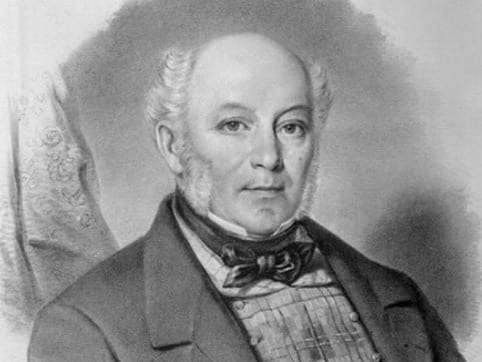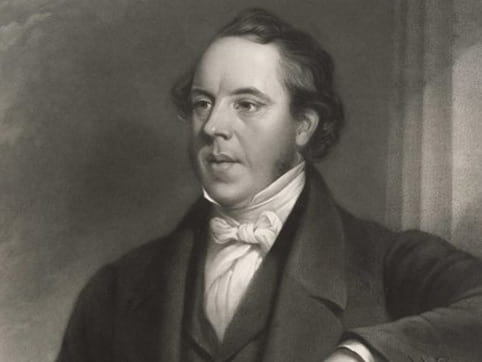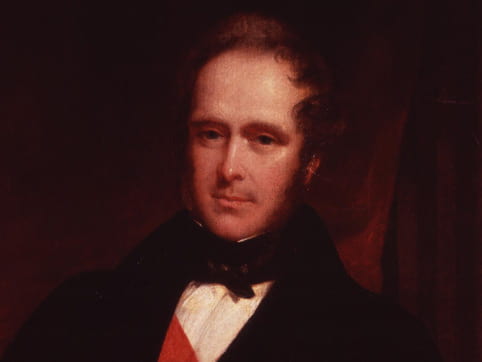
The Players
Sir Allan Napier MacNab
Sir Allan Napier MacNab presented “Address of the Colored People of Hamilton,” which protested Nelson Hackett’s return to Arkansas, to Queen Victoria and Prince Albert.
Thomas Clarkson
Thomas Clarkson fought to abolish slavery in the British Empire and the international slave trade before turning his attention to Nelson Hackett and the Webster-Ashburton Treaty.
Viscount Palmerston
Viscount Palmerston led the effort in the House of Commons to amend the Webster-Ashburton Treaty to protect fugitives from slavery from extradition.
Follow Hackett's Flight
A primary problem in trying to reconstruct Hackett’s flight is that there are few records of his words and thoughts. This problem is rooted in the racism that undergirded chattel slavery and created most of its archival record. Hackett’s flight is therefore reconstructed using other voices, including abolitionists (both white and black), journalists, colonial and elected officials, and slave owners and their apologists.
The Documents
“Canada: Copies of a Despatch from the Governor-General of Canada to the Secretary of State for the Colonies, of the 20th of January Last, Relative to the Surrender of Nelson Hackett, a Person of Colour, on the Demand of the Authorities of the United States, as a Fugitive from Justice,” (London: Her Majesty’s Stationary Office, 1842).
CANADA COPIES of a DESPATCH from the Governor-General of Canada to the Secretary of State for the Colonies, of the 20th January last, relative to the Surrender of Nelson Hackett, a Person of Colour, on the Demand of the Authorities of the United States, as a...
William C. Munro and Robert Banks, “The Extraordinary Conduct of the Governor of Canada,”Emancipator and Free American, April 28, 1842.
EXTRAORDINARY CONDUCT OF THE GOVERNOR OF CANADA Detroit, Feb. 28, 1842. The editor of the Liberator will confer a favor upon the colored citizens of this city, by giving the following preamble and resolutions a place in his columns, and preface it with such...
“Arkansas,” Emancipator and Free American, January 19, 1843.
Emancipator and Free American, January 19, 1843. I have the Toronto (U.C.) Herald of Oct. 17, 1842, containing a sketch of a debate in the Canadian Parliament on this very case of Hackett, which shows the deep suspicion already prevailing there, that...





